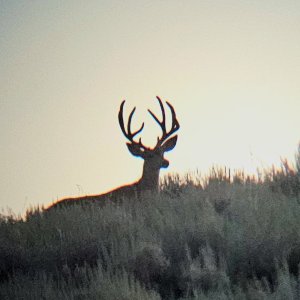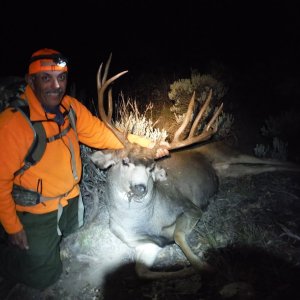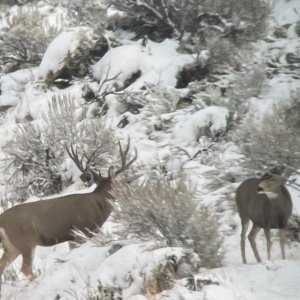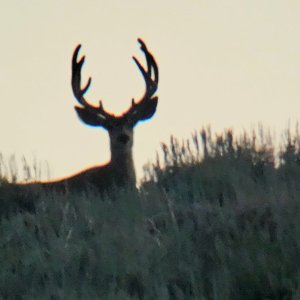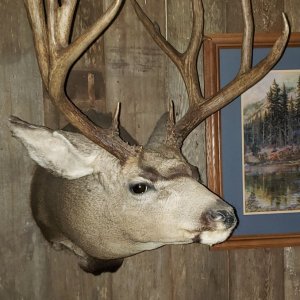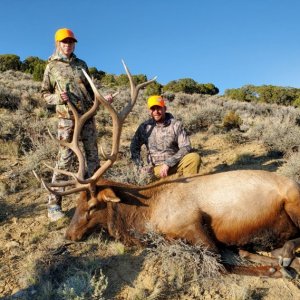T
TFinalshot
Guest
Thought this was interesting. . .
September Equinox (approximately September 22-23)
This day begins fall in the Northern Hemisphere and spring in the Southern Hemisphere. There are twelve hours of daylight and twelve hours of darkness at all points on the earth's surface on the two equinoxes. Sunrise is at 6 a.m. and sunset is at 6 p.m. local (solar) time for most points on the earth's surface.
North Pole: The sun is on the horizon at the North Pole on the September Equinox in the morning. The sun sets at the North Pole at noon on the September Equinox and the North Pole remains dark until the March Equinox.
Arctic Circle: Experiences 12 hours of daylight and 12 hours of darkness. The sun is 66.5 degrees off of the zenith or 23.5 degrees above the horizon.
Tropic of Cancer: Experiences 12 hours of daylight and 12 hours of darkness. The sun is 23.5 degrees off of the zenith.
Equator: The sun is directly overhead the equator at noon on the equinox. On both equinoxes (which means "equal nights" in Latin), the sun is directly over the equator at noon.
Tropic of Capricorn: Experiences 12 hours of daylight and 12 hours of darkness. The sun is 23.5 degrees off of the zenith.
Antarctic Circle: Experiences 12 hours of daylight and 12 hours of darkness.
South Pole: The sun rises at the South Pole after the Pole having been dark for the past six months (since the March Equinox). The sun rises to the horizon and it remains light at the South Pole for six months. Each day, the sun appears to rotate around the South Pole at the same declination angle in the sky.
September Equinox (approximately September 22-23)
This day begins fall in the Northern Hemisphere and spring in the Southern Hemisphere. There are twelve hours of daylight and twelve hours of darkness at all points on the earth's surface on the two equinoxes. Sunrise is at 6 a.m. and sunset is at 6 p.m. local (solar) time for most points on the earth's surface.
North Pole: The sun is on the horizon at the North Pole on the September Equinox in the morning. The sun sets at the North Pole at noon on the September Equinox and the North Pole remains dark until the March Equinox.
Arctic Circle: Experiences 12 hours of daylight and 12 hours of darkness. The sun is 66.5 degrees off of the zenith or 23.5 degrees above the horizon.
Tropic of Cancer: Experiences 12 hours of daylight and 12 hours of darkness. The sun is 23.5 degrees off of the zenith.
Equator: The sun is directly overhead the equator at noon on the equinox. On both equinoxes (which means "equal nights" in Latin), the sun is directly over the equator at noon.
Tropic of Capricorn: Experiences 12 hours of daylight and 12 hours of darkness. The sun is 23.5 degrees off of the zenith.
Antarctic Circle: Experiences 12 hours of daylight and 12 hours of darkness.
South Pole: The sun rises at the South Pole after the Pole having been dark for the past six months (since the March Equinox). The sun rises to the horizon and it remains light at the South Pole for six months. Each day, the sun appears to rotate around the South Pole at the same declination angle in the sky.

